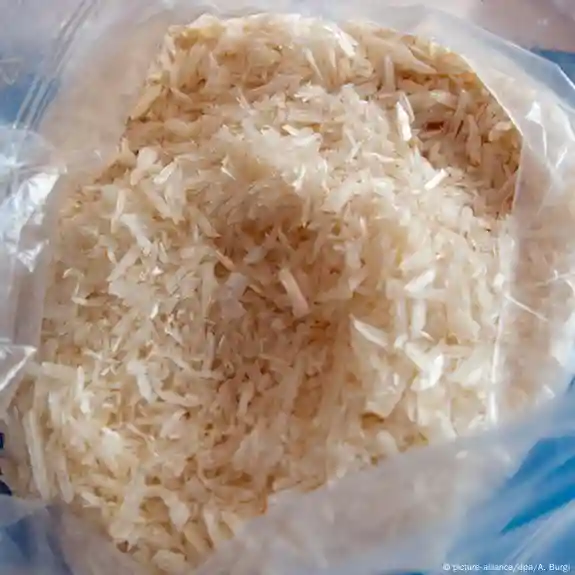Blog
Rice Crystal Ketamine

Rice Crystal Ketamine, The term “rice crystal ketamine” is gaining attention in certain circles, but what does it actually mean? Ketamine, originally developed as an anesthetic, has various forms and appearances depending on its purity and production methods. In this article, we’ll explore what rice crystal ketamine refers to, its potential implications, and why it’s important to understand the risks associated with it.
What is Rice Crystal Ketamine?
The term rice crystal ketamine is often used informally to describe a particular appearance of ketamine in its crystalline form. The name comes from the resemblance of the crystals to grains of uncooked rice—white, semi-translucent, and elongated. This form of ketamine is typically associated with high purity and less adulteration, which is why it’s sometimes sought after in illicit markets.
However, it’s important to clarify that this is not an official or medical term. It is primarily used in underground or recreational contexts.
How Ketamine is Typically Found
Ketamine is commonly available in three forms:
- Liquid – Typically used in medical settings for anesthesia or pain management.
- Powder – Often found in recreational use; it’s created by evaporating liquid ketamine.
- Crystal – In this form, especially when described as “rice crystal,” ketamine appears in larger, shard-like structures.
The crystalline form may later be crushed into a fine powder before use, but the size and shape of the original crystals can indicate certain manufacturing or purification techniques.
Risks of Using Rice Crystal Ketamine
While the appearance of rice crystal ketamine might suggest purity, it doesn’t necessarily mean safety. Risks include:
- Unknown potency: Higher purity means increased potency, which can easily lead to overdose.
- Lack of quality control: Illicit substances often contain contaminants or cutting agents.
- Health impacts: Ketamine misuse can lead to bladder damage, cognitive impairments, and dependence.
Moreover, because rice crystal ketamine is typically distributed outside medical settings, there’s a high risk of misinformation about dosage, effects, and interactions.
Legality and Medical Use
Ketamine is a Schedule III drug in many countries, meaning it’s legal for medical use but illegal to possess or use recreationally without a prescription. In clinical settings, it’s used for:
- Anesthesia
- Treatment-resistant depression (in low doses)
- Pain relief in emergencies
Illicit use of ketamine—including forms like rice crystal ketamine—falls outside these regulated frameworks and carries legal consequences.
Final Thoughts
The growing interest in rice crystal ketamine reflects broader trends in recreational drug use and misinformation. While some may believe its appearance signals higher quality or safety, the reality is far more complex. Without medical oversight, any form of ketamine use carries significant health and legal risks.
You Might Also Like These:
